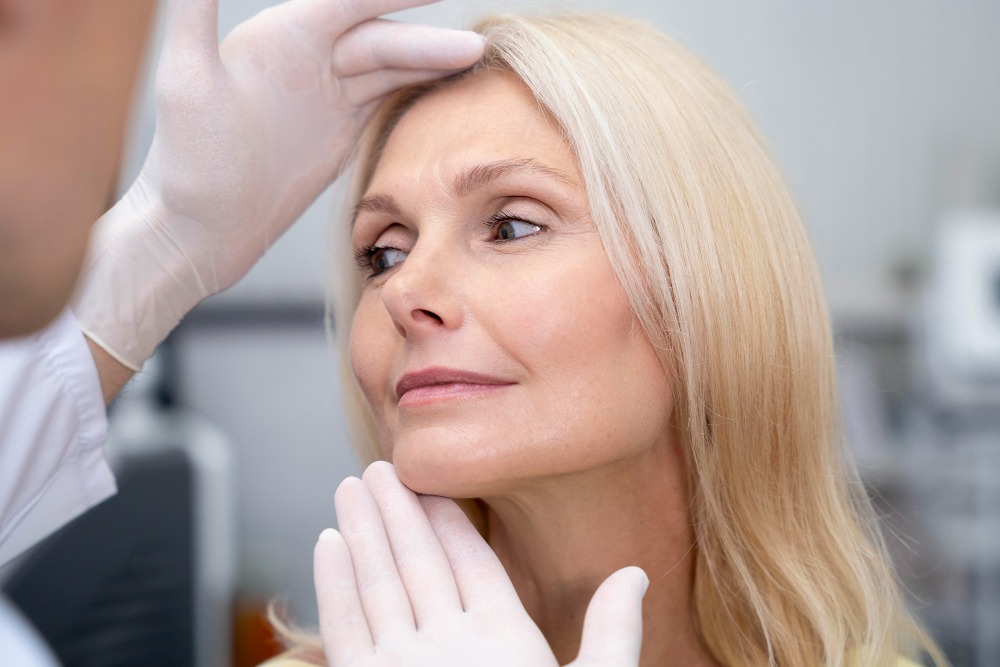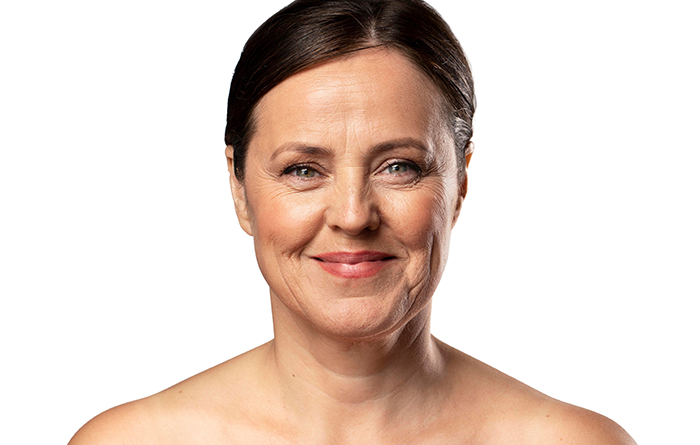
Free Shipping

Free Consultation
C-Section Scar Cream
TUMMY TUCK CREAM
BREAST CREAM
FACE CREAM
Testimonials
Before & After photos
About
Blog
Contact
hello@scarprotocol.com425.864.3777
Seattle, WA 98122
Get your free scar consultation
Send a photo of your scar and one of our dedicated scar experts will review and respond within 24 hours if your scar is a good candidate for our system.
Free Consultation ➜
Seattle, WA 98122









%201.png)


